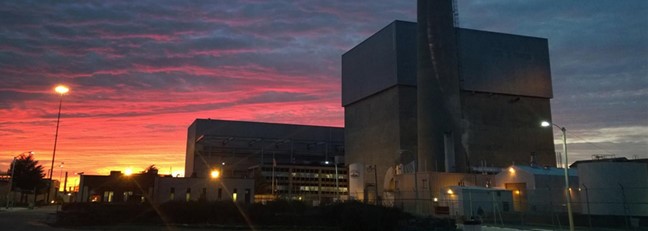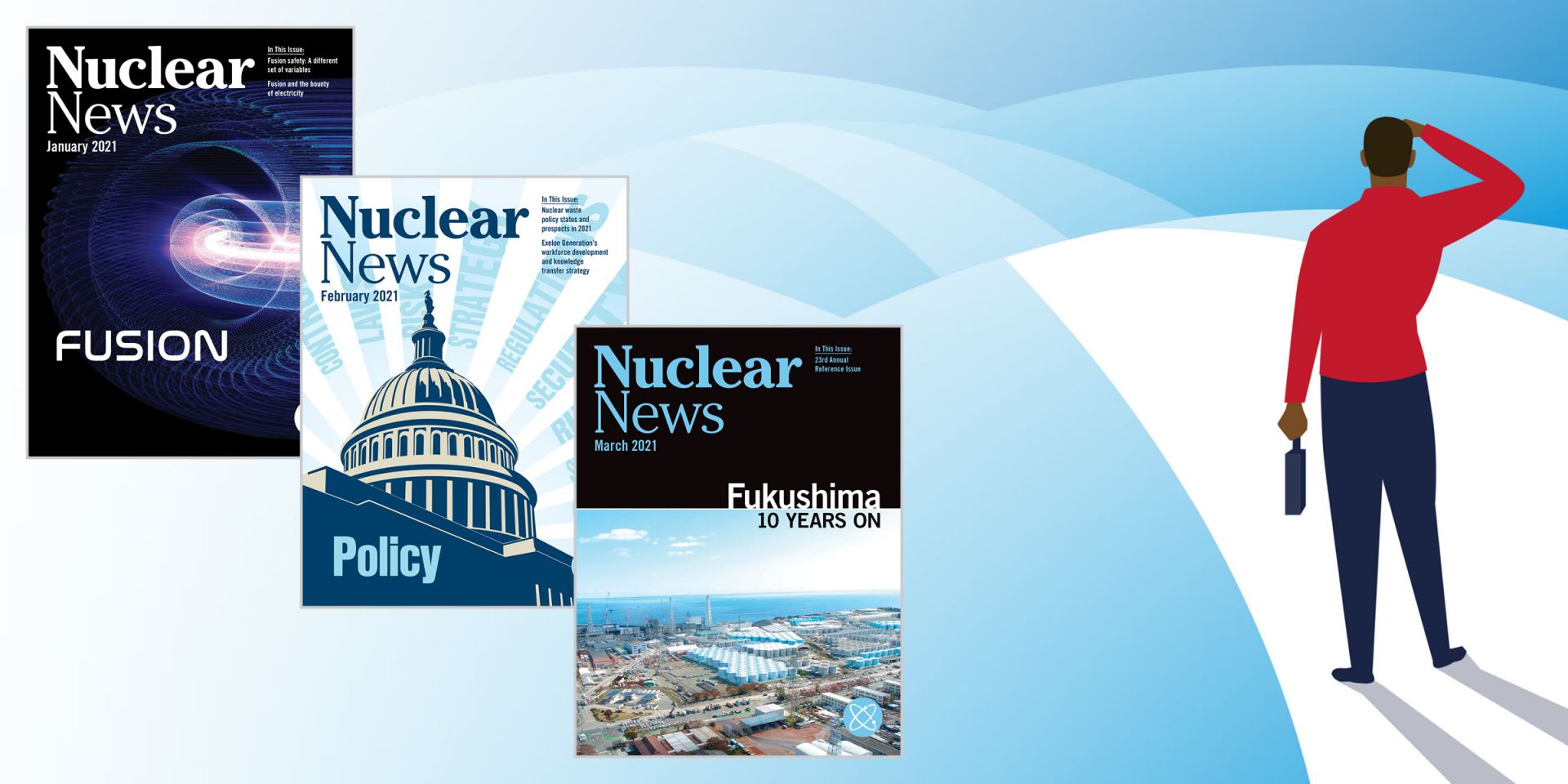NRC-approved Framatome shipping container. (Photo: Framatome)
Framatome announced on February 22 that the Nuclear Regulatory Commission has approved a license amendment that would allow Framatome’s shipping containers to transport, in the United States, fresh nuclear fuel assemblies containing uranium enriched up to 8 percent uranium-235.
Light water reactor fuel with higher enrichments and burnup capabilities than currently used under low-enriched uranium regulation could improve electricity generation and fuel utilization, possibly improving plant economics and providing more flexible reactor performance through extended operating cycles and more efficient core configurations.
ADOPT fuel pellets developed by Westinghouse through the DOE's Accident Tolerant Fuel Program. (Photo: Westinghouse)
Westinghouse Electric Company and Southern Nuclear have agreed to a plan to install four Westinghouse lead test assemblies in Vogtle-2, a 1,169-MWe pressurized water reactor located in Waynesboro, Ga. Four lead test assemblies containing uranium enriched up to 6 percent U-235 will be loaded in Vogtle-2 in 2023, marking the first time that fuel rods with uranium enriched above 5 percent U-235 are put in use in a U.S. commercial power reactor.
HDI was issued a confirmatory order by the NRC for regulatory violations at Oyster Creek. (Photo: Exelon)
The Nuclear Regulatory Commission has issued a confirmatory order to Holtec Decommissioning International (HDI) following an alternative dispute resolution mediation session regarding security-related violations at the Oyster Creek nuclear power plant in Lacey Township, N.J. A subsidiary of Holtec International, HDI is decommissioning Oyster Creek, which permanently ceased operations in 2018.
The cover of the August 1969 issue of Nuclear News (left), an image of Brunhilde, the dog that had the first nuclear-powered pacemaker in the U.S. (center) and the cover of the December 1970 Nuclear News (right).
In this first installment of a #ThrowbackThursday post, Nuclear News provides a review of radioisotope-powered pacemakers in response to an article in The Wall Street Journal. The article, published earlier this week, looks at the issue of disposing of nuclear-powered pacemakers, although considering how few are still in use today, it seems like this is really much ado about nothing.
An artist's rendition of Oklo’s Aurora powerhouse. (Image: Gensler)
The Nuclear Regulatory Commission has denied “without prejudice” Oklo Power’s application to build and operate its Aurora microreactor in Idaho, the agency announced yesterday. The denial, according to the NRC, is due to the California-based firm’s failure to provide sufficient information on several crucial topics regarding the Aurora design.
 An ANS virtual event titled "Perspectives from Past NRC Chairs" featured four former members of the Nuclear Regulatory Commission who focused on the future of nuclear energy in the United States and the NRC’s role as a regulator of small modular and advanced reactors.
An ANS virtual event titled "Perspectives from Past NRC Chairs" featured four former members of the Nuclear Regulatory Commission who focused on the future of nuclear energy in the United States and the NRC’s role as a regulator of small modular and advanced reactors.


 Today’s #ThrowbackThursday post looks at the initial debate surrounding the conversion of research reactor fuel from high-enriched uranium to low-enriched uranium. An article published in the
Today’s #ThrowbackThursday post looks at the initial debate surrounding the conversion of research reactor fuel from high-enriched uranium to low-enriched uranium. An article published in the 











